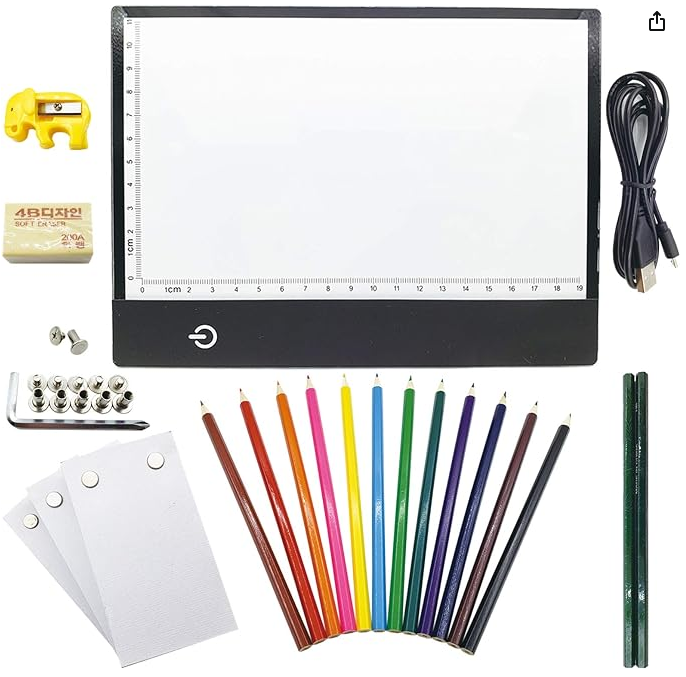
Last weekend, I introduced my nephew to an activity that was very fun to try. Making a flip book. I have made a couple whenever I wanted to create an animation on Procreate because I am such a pencil and paper kind of artist, and I find it very hard to digitally create something before making sense of it in a traditional manner. So in this article, I am going to be sharing with you how to make a flip book yourself with very simple yet fun story ideas.
You can find other ways to spark your creativity here: 5 ways to instantly spark your creativity
This page contains affiliate links, meaning I earn a commission if you use those links. Please read my disclosure for more details.
You typically only need a couple of things to DIY a flip book, such as:

Before you start creating your flip book, you will need a story idea. The more actions an idea has, the more complicated it will be to create. So try to be as simple as possible. Here’s a list of simple ideas that you can base your flip book on.
The key to a successful flip book is to keep the drawings simple and focus on creating smooth transitions between frames to give the illusion of movement.
After you decide on the idea for your animation, start conceptualizing it. Consider what you want to animate and how you’ll represent it across multiple frames. Keep your concept simple and manageable for your skill level.
Break down your animation into keyframes or scenes, indicating what will happen in each frame. This will serve as a roadmap for creating your flipbook.
Make sure the paper is thick enough to withstand flipping without tearing but thin enough to easily flip through.
Begin drawing your animation on the first page of your flipbook. Use light pencil strokes to sketch out your drawings, focusing on one frame at a time. Keep your drawings simple and clear, as intricate details can be difficult to replicate across multiple frames.
To keep the placement of your main objects consistent, place a light source under your paper and keep on working and creating your frames.
To ensure your result is correct, you will need to keep testing and adding frames along the way if needed.
Flipbooks are super fun to create. You can also include kids and adults in this activity or make it yourself and use it for storytelling and content creation.
To provide the best experiences, we use technologies like cookies to store and/or access device information. Consenting to these technologies will allow us to process data such as browsing behavior or unique IDs on this site. Not consenting or withdrawing consent, may adversely affect certain features and functions.
Functional Functional Always activeThe technical storage or access is strictly necessary for the legitimate purpose of enabling the use of a specific service explicitly requested by the subscriber or user, or for the sole purpose of carrying out the transmission of a communication over an electronic communications network.
Preferences PreferencesThe technical storage or access is necessary for the legitimate purpose of storing preferences that are not requested by the subscriber or user.
Statistics StatisticsThe technical storage or access that is used exclusively for statistical purposes. The technical storage or access that is used exclusively for anonymous statistical purposes. Without a subpoena, voluntary compliance on the part of your Internet Service Provider, or additional records from a third party, information stored or retrieved for this purpose alone cannot usually be used to identify you.
Marketing MarketingThe technical storage or access is required to create user profiles to send advertising, or to track the user on a website or across several websites for similar marketing purposes.